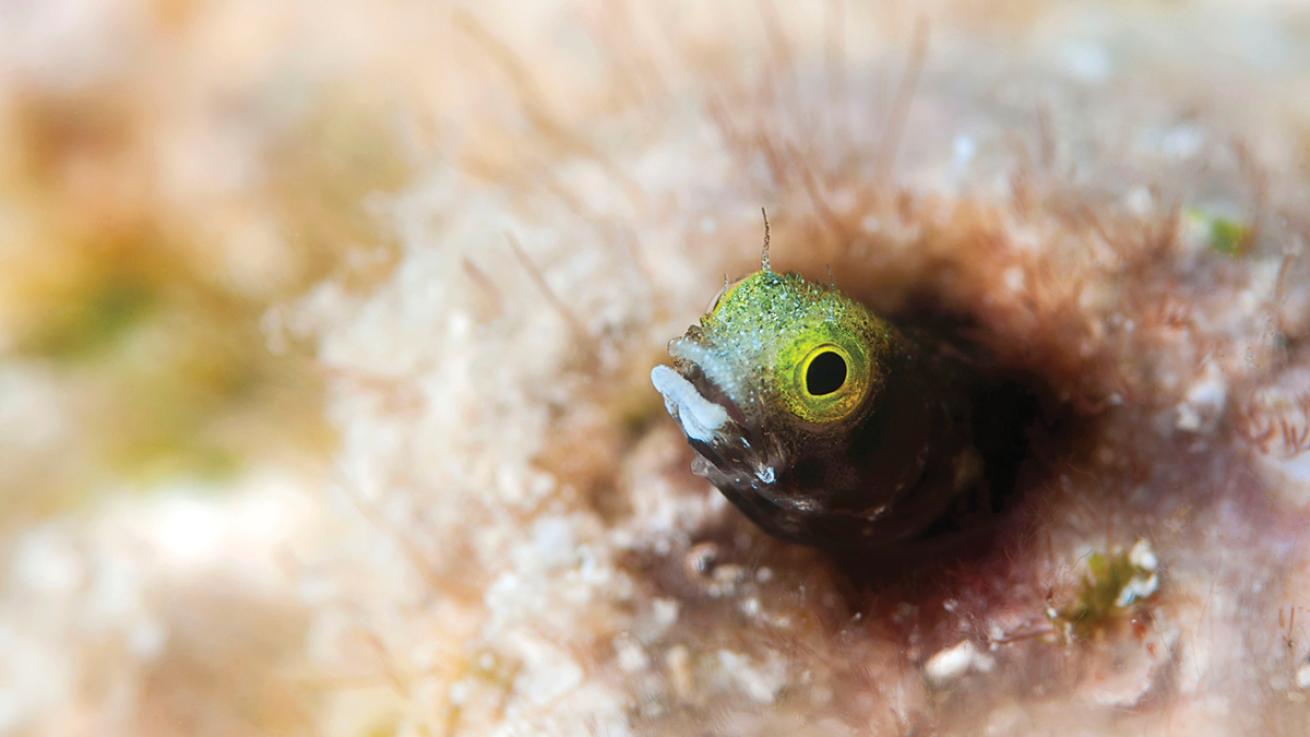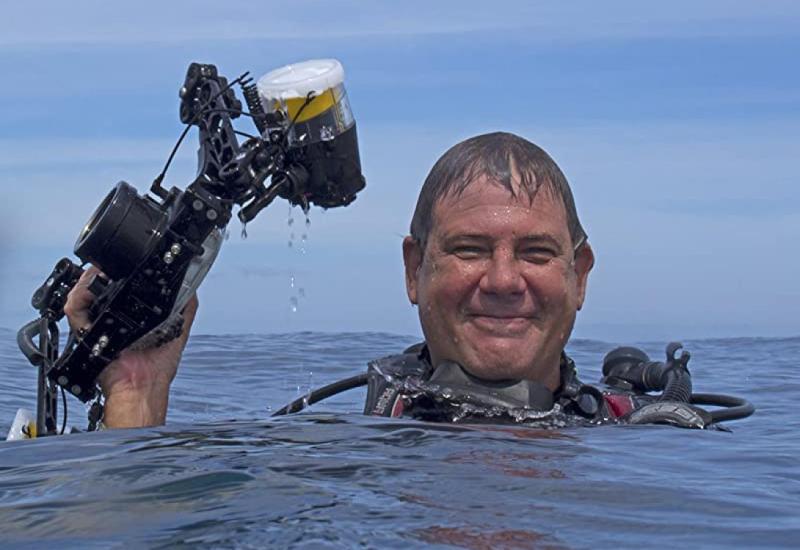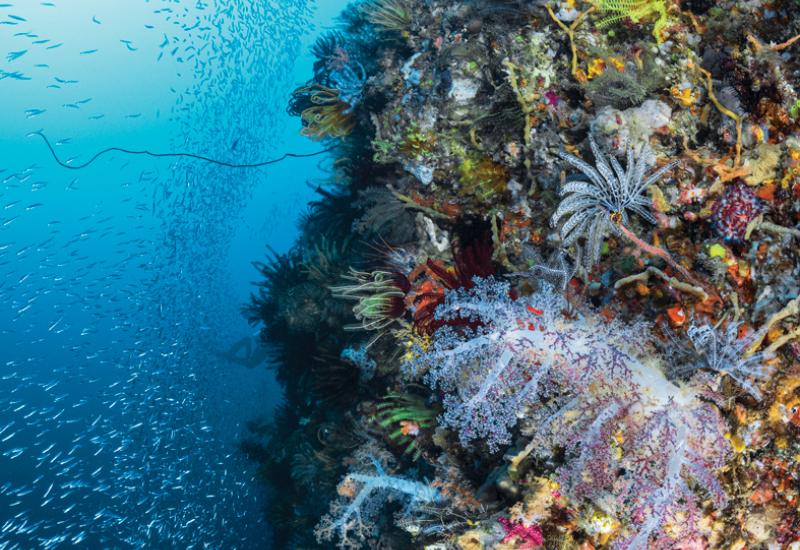Divers Guide to Bay Islands

Francesca DiacoFrom macro creatures to reef sharks, the waters of the Bay Islands are packed with life; on Roatan, dive sites are found off the north and south coasts.
Good to Know
Language: Officially Spanish, but English is widely spoken.
Currency: Honduran lempira
Signature Dish: The baleada, a flour tortilla folded over mashed fried beans, cheese and other fillings, including scrambled eggs, plantain, avocado, pork or veggies.
Signature Topside Activity: Canoe trips through mangroves.
Main Airport: RTB, aka Juan Manuel Galvez.
International Airport Water Temp/Visibility: 78-82 degrees/60 feet or greater.
Travel Tip: It’s not the official currency, but U.S. dollars are accepted everywhere. Bring cash in small denominations.
No mega hotels. No Starbucks. No fast food. The Bay Islands of Honduras — Roatan, Utila and Guanaja — are still defined largely by what they are not. They’re not loud or overdeveloped. Rather, life still moves at a slower pace here. The sounds and sights of the jungle spill onto most local resorts, which can mean watching hummingbirds and bats collect at feeders on the porch. In the water, this means reefs aren’t affected by the runoff of golf courses and high-rise hotels. Corals, sea fans and sponges still swell to overcrowd the reefs, giving habitat to seahorses, frogfish, toadfish, eels and so much more.
BEGINNER DIVING
Shallow Pleasures
The Roatan Marine Park maintains 260 dive sites around the island, half of which start at mooring balls set at 25 feet and shallower. This is good news for recreational divers seeking lots of bottom time.
Clear, Calm, Easy
The Bay Islands are known for stellar visibility, usually a dependable 60 feet, but it can soar to 100 feet.
Strong currents aren’t an issue either. There is the occasional current, but for the most part, the flow is mild. Divers can take their time exploring reefs and walls at a leisurely pace.
NATURAL WONDERS
Safe Haven
Since 1989, the waters off Roatan have been declared a reserve. Efforts were ramped up in 2005 when the reefs became protected under the authority of the Roatan Marine Park, which has overseen active patrols of the waters ever since. Reef residents have reaped the benefits, including rebounding populations of green sea turtles, snappers, groupers, lobsters and conch.
Light Show
Conditions off the Bay Islands, including lack of runoff, have led to an abundance of bioluminescence. Specifically, on the nights surrounding the new moon, the reefs become the stage for a unique phenomenon known as String of Pearls. This light show is the mating display of a deepwater crustacean, which emits orbs of light that stack one atop another to create what appear to be tiny underwater cities. It’s mind-blowing.
And Nicholas Bach, coordinator of marine infrastructure for the park, says, “The Bay Islands are one of the only places in the world where you can see it.”
Dwarfed by Giants From March to April, and again October to December, the waters off Utila become prime grounds for sighting whale sharks, the largest fish on the planet. The animals can be spotted from shore or from a boat, and on any given day in season, it’s possible to see them.
REEF STRUCTURE
Dramatic Scenery
They call it wall diving, but it’s really a mix of topography, including canyons and corridors, swim-throughs and so much more. These provide habitat for bigger animals, from green sea turtles to sleeping nurse sharks.
Calvin’s Crack is one of the most popular sites on Roatan, a chasm in the reef that’s wide enough for two divers to swim through side-by-side. Finish threading the channel to come out at 85 feet, overlooking the wall below.
ADVANCED DIVING
Sweet Spot
Roatan is not just for new divers; it also packs depth, wrecks and a host of sites prime for night diving. Head to the western point of the island to dive the site called Texas. It’s exposed to more currents, but the barrel sponges and sea fans grow to be giants, and the odds of sighting a Caribbean reef shark are much greater.
BEST VALUE
More for Less
Twenty-four to one. That’s the rate of exchange, at the time of writing, between the Honduran lempira and the U.S. dollar — which is one of the big reasons that the Bay Islands ranked third in the Readers Choice Awards best-value category. In short, expect your dollar to go far.
“You can still get breakfast for $2 at the roadside restaurants, and dinner for $5,” says Karen Ludlow, executive director of the Bay Islands Tourism Bureau. “It’s no wonder that these islands are so popular with backpackers, families and anyone wanting to save money.”
All-Inclusive Stays
The dive-centric all-inclusive model keeps the focus on the sport you’ve come for, and the price low — and the Bay Islands, especially Roatan, are packed with them.
“All-inclusive packages often include diving and meals along with your accommodations,” says Haydee Galindo, of Anthony’s Key Resort on Roatan.
Mom-and-Pop Appeal There are no Westins, no Hiltons, no Sheratons. Mega hotels haven’t moved in. Instead, what you find are family-owned resorts that cater to divers.
“This contributes to the charm,” says Ludlow. “And that means you’re paying for less overhead.”










